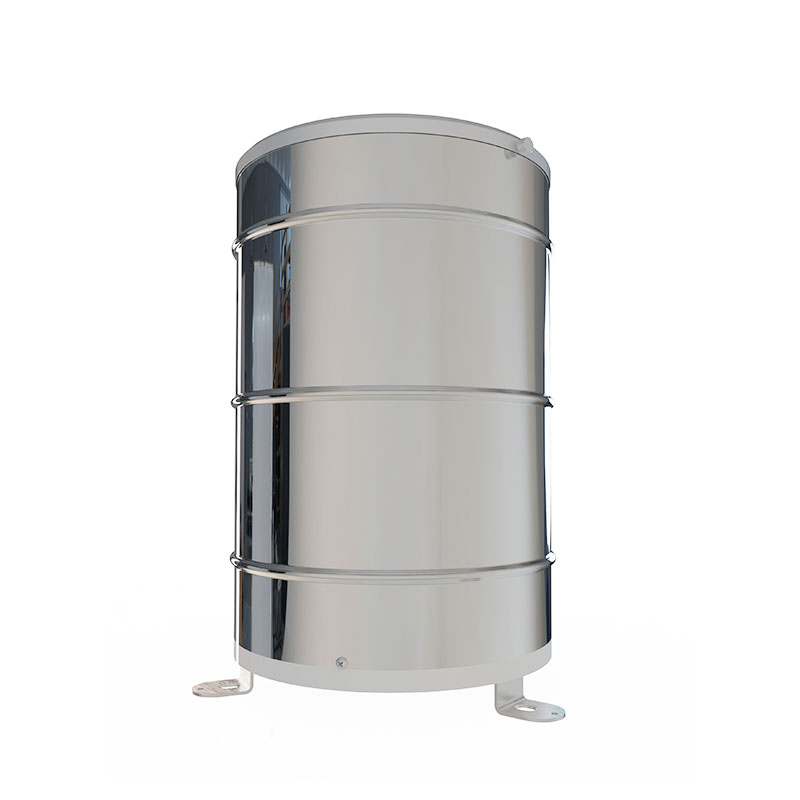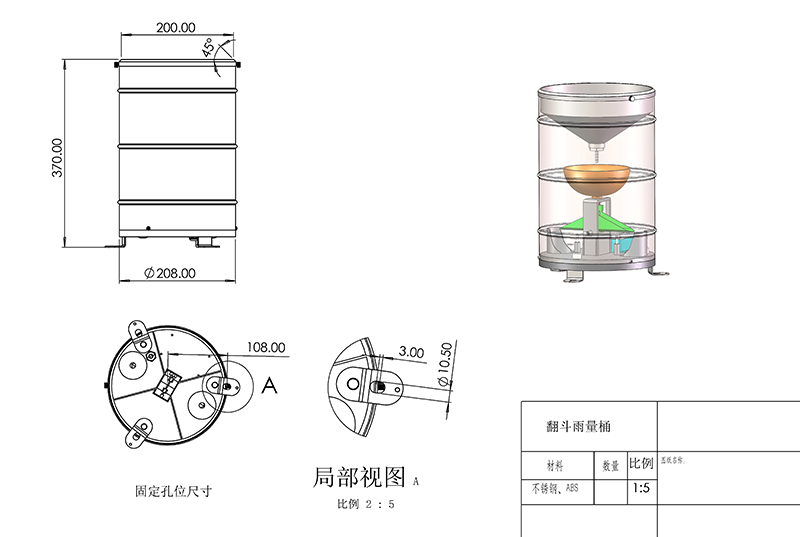Shandong Fengtu IOT Technology Co., Ltd
Sales Manager:Ms. Emily Wang
Cel,Whatsapp,Wechat:+86 15898932201
Email:info@fengtutec.com
Add:No. 155 Optoelectronic Industry Accelerator, Gaoxin District, Weifang, Shandong, China

Sales Manager:Ms. Emily Wang
Cel,Whatsapp,Wechat:+86 15898932201
Email:info@fengtutec.com
Add:No. 155 Optoelectronic Industry Accelerator, Gaoxin District, Weifang, Shandong, China

Model:YL1
Brand:fengtu
1.Tipping Bucket Rain Gauge Technical Indicators
1.Power supply: DC12V
2.Power consumption: 0.02W
3.Working environment: 0~50℃
4.Communication interface: RS485
5.Working current: 2mA DC12V
6.Shortest data interval: 0.5S
Tipping Bucket Rain Gauge Parameters
| Rain gauge cylinder diameter | Φ200mm |
| Operating temperature | 0~50℃ |
| Operating humidity | <95% (no condensation) |
| error | ≤±2% |
| Resolution | 0.2mm |
| Rainfall intensity range | 0mm~4mm/min, the maximum rainfall intensity allowed is 8mm/min |
| Heavy rain intensity range | 0~10mm/min, the maximum rainfall intensity allowed is 15mm/min |
| Output method | Modbus485 |
3.Tipping Bucket Rain Gauge Product Dimensions

Water and Rain Monitoring SystemWater and rain conditions are important hydrological reference materials and are of great significance in regional water resources allocation and management. It refers to the water and rain conditions, and the specific index parameters are water level, flow rate, flow...
In the modern transportation system, accurately grasping traffic conditions is crucial for ensuring travel safety and improving traffic efficiency. This relies on a series of advanced instruments, among which Weather Visibility Sensors, Road Condition Sensors, and Laser-based Snow Depth Sensors help...
Visibility is a crucial factor in our daily lives and the operations of numerous industries. Weather conditions such as heavy fog and sandstorms can significantly reduce visibility, causing serious impacts on transportation and travel, and are highly likely to trigger traffic accidents. In the aviat...
What is the meaning of water and rain situation? In fact, the water and rain situation refers to the water and rain situation. Water condition refers to the condition of river water, such as river flow, water level, flow rate, etc.; while rain condition refers to the condition of rainfall in a certa...